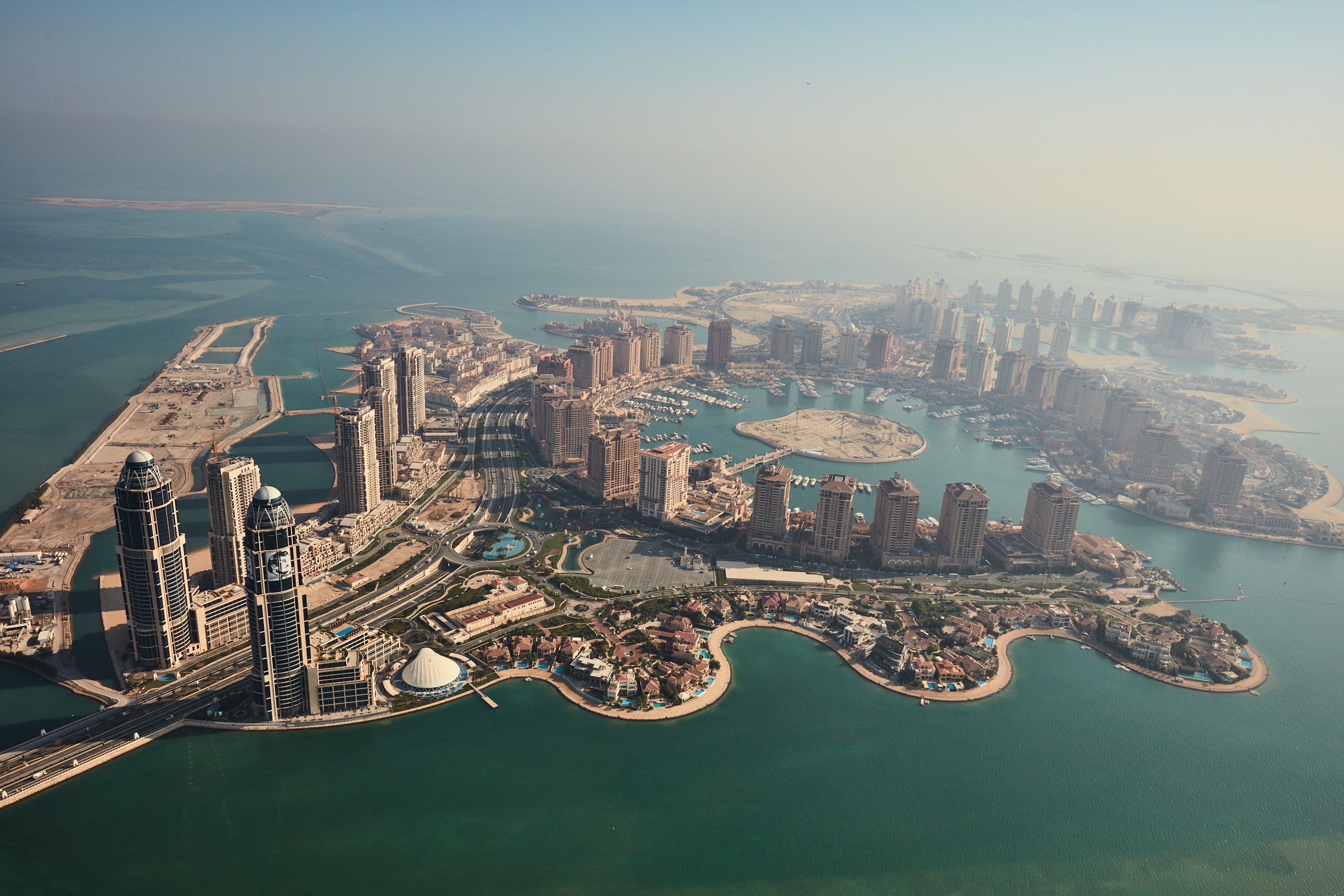Qatar Eases Maritime Ban but GPS Issues Still Persist

Qatar has partially lifted its maritime navigation ban, easing the restrictions that were imposed on October 4 following widespread GPS disruptions. The Ministry of Transport announced late yesterday that daytime navigation is now permitted, while night operations remain restricted for smaller, non-commercial vessels.
The ministry clarified that the so-called “technical fault” affecting the country’s GPS network has not yet been resolved, and that safety measures will remain in place until further notice.
The initial nationwide suspension of navigation, announced on Saturday, came amid a sharp increase in GPS jamming incidents across the region. According to Windward, a maritime analytics company, hundreds of ships daily have reported signal interference in the Arabian Gulf and Strait of Hormuz, with some vessels’ AIS signals falsely appearing hundreds of miles inland.
The United Kingdom Maritime Trade Operations (UKMTO) also confirmed receiving multiple reports of electronic interference from vessels operating in the area. The agency’s latest Electronic Interference Heatmap, covering September 25 to October 2, showed persistent hotspots in the Red Sea near Port Sudan and newly detected low-level interference around Jizan.
While GPS interference levels in the Arabian Gulf have remained steady compared to previous weeks, UKMTO highlighted a “higher concentration” of anomalies around Iran’s Port of Assaluyeh.
“In comparison to last week, the concentrations of electronic interference around Yanbu, Jeddah, and Port Sudan in the Red Sea, as well as around Fujairah, appear to have decreased slightly but remain noticeable,” the agency stated.
Despite the partial reopening of Qatar’s waters, maritime authorities continue to urge heightened vigilance, warning that navigational disruptions could persist until the source of interference is identified and mitigated.